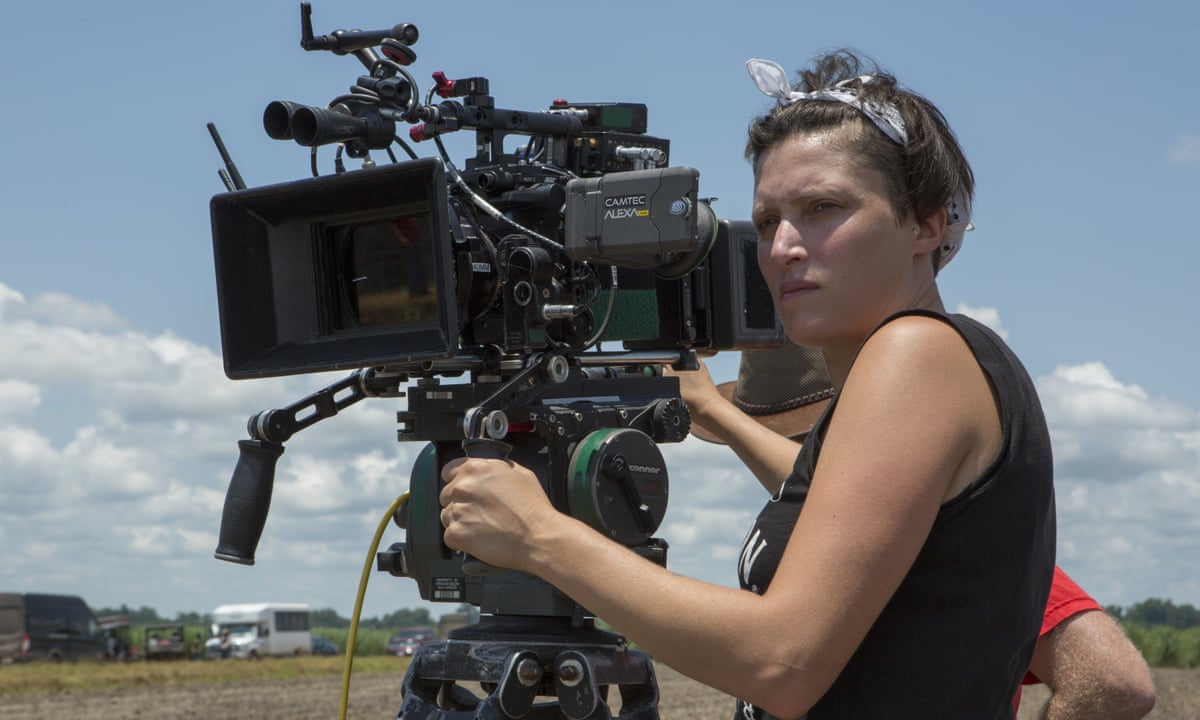Cinematography: Painting Stories with Light and Motion

Cinematography is the art and science of capturing moving images on film or digital media to create visually compelling storytelling experiences. Often described as the “language of cinema,” cinematography encompasses a broad range of techniques, tools, and creative decisions that contribute to the overall look and feel of a film. From framing and composition to lighting and camera movement, every aspect of cinematography plays a crucial role in shaping the visual narrative and immersing the audience in the world of the film.
The Evolution of Cinematography
The history of cinematography can be traced back to the late 19th century, with the invention of the motion picture camera by pioneers such as Thomas Edison and the Lumière brothers. Early filmmakers experimented with techniques such as framing, editing, and camera movement to tell stories and capture the imagination of audiences. As technology advanced, so too did the art of cinematography, with innovations such as sound synchronization, color film, and digital imaging revolutionizing the way films were made and experienced.
The Cinematographer’s Toolbox
Central to the practice of cinematography is the cinematographer, also known as the director of photography (DP), who is responsible for overseeing the visual aspects of a film. The cinematographer works closely with the director and other members of the creative team to translate the script into a visual language that conveys the intended mood, tone, and emotion of the story. To achieve this, cinematographers employ a variety of tools and techniques, including:
- Camera Selection: Choosing the right camera system is crucial for achieving the desired look and feel of a film. Cinematographers may opt for traditional film cameras or digital cameras, each offering its own unique characteristics and capabilities.
- Lenses: The selection of lenses can greatly impact the visual aesthetic of a film. Cinematographers may choose from a wide range of focal lengths, apertures, and lens types to achieve specific effects such as shallow depth of field, distortion, or compression.
- Lighting: Lighting plays a pivotal role in cinematography, allowing cinematographers to sculpt and shape the visual elements of a scene. From natural sunlight to artificial fixtures, the manipulation of light can evoke mood, create atmosphere, and enhance the storytelling experience.
- Composition: The framing and composition of shots are essential for conveying meaning and guiding the viewer’s eye. Cinematographers use techniques such as the rule of thirds, leading lines, and framing to create visually dynamic and engaging compositions.
- Camera Movement: The movement of the camera can add energy, rhythm, and narrative momentum to a film. Cinematographers may employ techniques such as tracking shots, crane shots, and handheld camera work to create immersive and dynamic visuals.
Crafting Visual Narratives
At its core, cinematography is about storytelling. Through the careful selection of visual elements and the skillful manipulation of light, color, and movement, cinematographers breathe life into the words on the page, transforming them into vivid and captivating images that resonate with audiences. Whether capturing sweeping landscapes, intimate close-ups, or thrilling action sequences, cinematographers use their expertise to evoke emotion, convey meaning, and immerse viewers in the world of the film.
The Art of Collaboration
Cinematography is inherently collaborative, requiring close coordination and communication between the cinematographer, director, production designer, and other members of the creative team. Together, they work to translate the director’s vision into a cohesive visual narrative that serves the story and engages the audience. Through open dialogue, experimentation, and a shared commitment to excellence, they bring their collective talents and expertise to bear on every frame of the film.
Innovations and Trends
As technology continues to advance, so too does the practice of cinematography. Digital cameras, computer-generated imagery (CGI), and advanced visual effects have opened up new possibilities for filmmakers, allowing them to create worlds and tell stories that were previously unimaginable. Additionally, emerging trends such as virtual production, high dynamic range (HDR) imaging, and augmented reality (AR) are reshaping the landscape of cinematography, offering new tools and techniques for creative expression.
Conclusion
Cinematography is a dynamic and multifaceted art form that lies at the heart of filmmaking. Through the skillful manipulation of light, color, composition, and movement, cinematographers paint stories on the canvas of the screen, inviting audiences to embark on immersive and unforgettable cinematic journeys. As technology evolves and storytelling techniques continue to evolve, cinematography remains a timeless and essential aspect of the filmmaking process, enriching our lives with its beauty, creativity, and emotional resonance.









